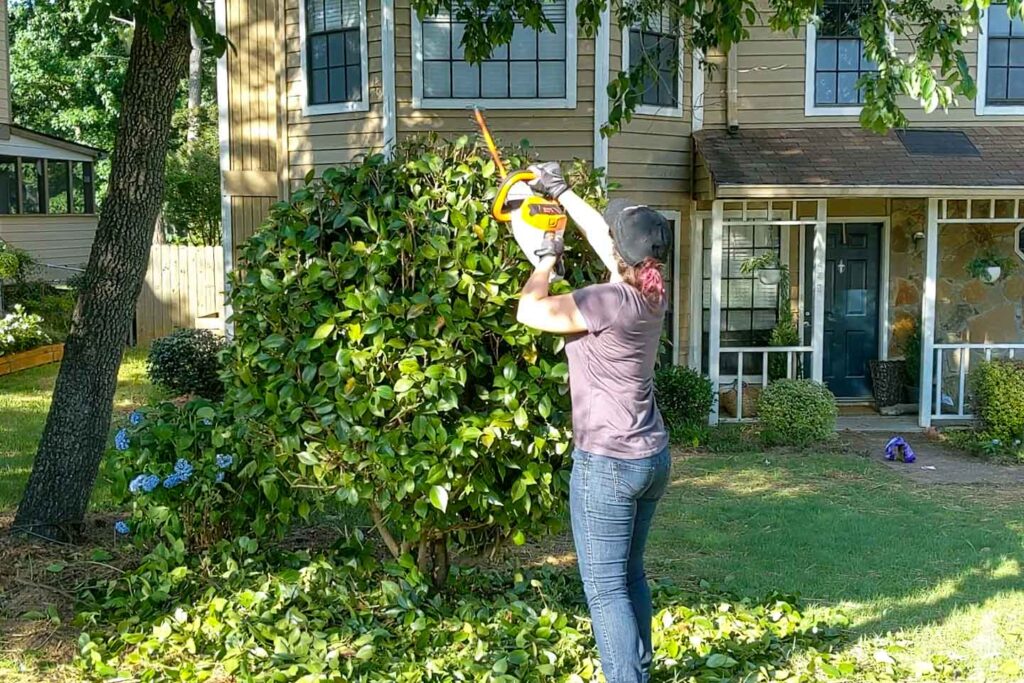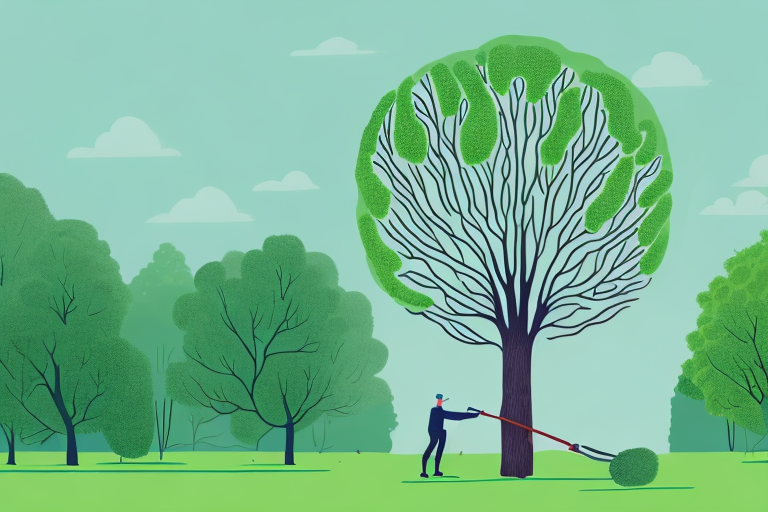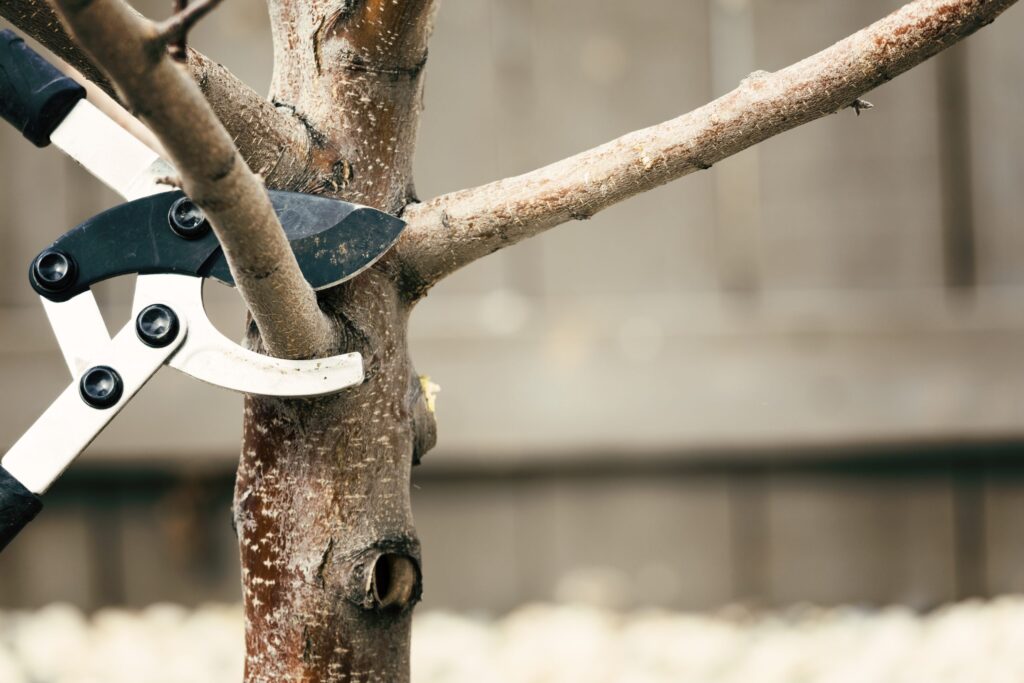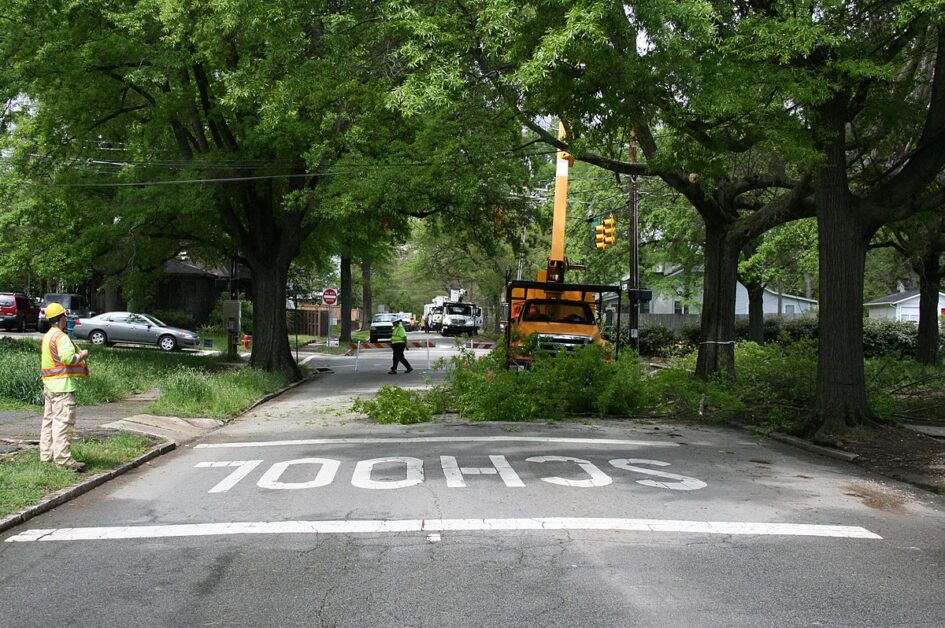Pruning is a vital practice in maintaining the health and aesthetics of your trees. By selectively removing branches and foliage, you can enhance the overall growth and appearance of your trees. However, pruning is an art that requires a thorough understanding of the importance behind it as well as the techniques specific to different tree types.
Understanding the Importance of Pruning
Pruning is not just about creating a visually pleasing landscape; it is also crucial for promoting the overall health of your trees. By removing dead or diseased branches, you eliminate potential entry points for pests and diseases. Additionally, proper pruning helps improve air circulation and allows sunlight to reach the inner parts of the tree, stimulating healthy growth.
When it comes to tree care, tree pruning near me plays a vital role in maintaining the well-being of your trees. It is a practice that has been passed down through generations, as arborists and tree enthusiasts have recognized its importance in ensuring the longevity and vitality of trees. Pruning is a skill that requires knowledge, precision, and an understanding of the unique characteristics of each tree species.
Boosting Tree Health with Pruning
One of the primary benefits of pruning is the boost it provides to the overall health of your trees. By removing dead or dying branches, you prevent the spread of diseases and infections. Regular pruning also stimulates new growth and encourages the development of a strong and sturdy tree structure.

Imagine a tree with branches that are overcrowded and intertwined, blocking sunlight from reaching the lower parts of the tree. Without proper pruning, these shaded areas become susceptible to weakness and disease. By selectively removing branches, you open up the canopy, allowing sunlight to penetrate deep into the tree. This not only promotes photosynthesis but also helps in the production of essential nutrients, resulting in healthier and more vibrant foliage.
Pruning also plays a crucial role in maintaining the balance and stability of a tree. By removing deadwood, you reduce the risk of branches falling and causing damage during storms or strong winds. This proactive approach to tree care ensures the safety of both your property and the people around it.
Improving Aesthetics through Pruning
Pruning is a powerful tool for enhancing the visual appeal of your landscape. By selectively shaping and thinning branches, you can create a more balanced and aesthetically pleasing tree structure. Pruning also allows you to control the size of your trees, ensuring they complement the surrounding environment.
Imagine a majestic oak tree with its branches reaching out in all directions, creating a sense of grandeur. However, without proper pruning, these branches can become unruly and unbalanced, detracting from the tree’s natural beauty. By carefully pruning and shaping the branches, you can highlight the tree’s unique form and create a visually stunning centerpiece for your landscape.
Furthermore, pruning can help trees fit harmoniously into their surroundings. In urban areas where space is limited, trees often need to be pruned to prevent interference with power lines, buildings, or other structures. With skillful pruning techniques, trees can maintain their natural beauty while coexisting with the man-made elements of the environment.
It is important to note that pruning should be done with care and consideration for the tree’s long-term health. Improper pruning techniques, such as topping or excessive branch removal, can cause irreversible damage and weaken the tree’s structure. Therefore, it is advisable to consult a professional arborist who can assess the specific needs of your trees and provide expert pruning guidance.
The Science Behind Pruning
Pruning is not a mere act of randomly removing branches. It is grounded in scientific principles that consider the growth patterns and biology of trees. Understanding the underlying science behind pruning is crucial for achieving the desired results.
How Pruning Influences Tree Growth
Pruning plays a significant role in influencing the growth of trees. By selectively removing branches, you can direct the growth and shape of the tree. But how does this work?
When you prune a tree, you stimulate the production of auxins, a type of plant hormone that promotes cell elongation and growth. By removing certain branches, you can redirect the flow of auxins to specific areas of the tree, encouraging new growth in those areas. This process is known as apical dominance, where the main, central stem of the tree inhibits the growth of lateral branches. By selectively pruning the central stem, you can promote lateral branching, which increases the overall fullness and density of the tree canopy.
Furthermore, pruning also helps balance the distribution of resources within the tree. By removing dead or diseased branches, you eliminate areas that would otherwise consume valuable nutrients and water. This allows the tree to allocate its resources more efficiently, promoting healthier growth.
Pruning and Disease Prevention
Pruning is not only about shaping the tree; it is also a preventive measure against diseases and pest infestations. How does pruning help in this regard?
When you prune a tree, you remove dead or infected branches, which can serve as potential entry points for pathogens. By eliminating these branches, you reduce the risk of diseases spreading throughout the tree. Additionally, pruning helps increase air circulation within the tree canopy, reducing the likelihood of fungal infections. The improved airflow helps keep the foliage dry, making it less favorable for fungal spores to germinate and grow.

Regular pruning also enables you to identify and address any early signs of disease before they become a more significant problem. By closely inspecting the branches and foliage while pruning, you can spot discoloration, lesions, or other signs of disease. This early detection allows you to take appropriate measures, such as applying fungicides or adjusting cultural practices, to mitigate the disease’s impact on the tree.
Furthermore, pruning can also help in controlling pest infestations. By removing branches that may harbor pests or their eggs, you disrupt their life cycle and reduce their population. This can be particularly effective in managing pests that overwinter in the tree’s branches.
As you can see, pruning is not just a simple act of cutting branches. It is a science-backed practice that considers the intricate biology and growth patterns of trees. By understanding the underlying principles, you can make informed decisions when pruning, leading to healthier and more beautiful trees.
Pruning Techniques for Different Tree Types
Not all trees are pruned the same way. Different tree types require specific pruning techniques based on their growth habits and physiological traits. Understanding the unique requirements of each tree type is paramount for successful pruning.
When it comes to pruning deciduous trees, timing is crucial. Deciduous trees, known for their dramatic seasonal changes, require pruning at specific times of the year to maximize growth and aesthetics. Pruning during the dormant season allows for better visibility of the tree’s structure and encourages rejuvenation once spring arrives. It involves removing deadwood, thinning branches, and shaping the tree to achieve a desirable form.
During the dormant season, when the tree is not actively growing, it is easier to see the tree’s overall structure and identify any problem areas. By removing dead or diseased branches, the tree’s overall health and appearance can be improved. Thinning branches also allows more light and air to reach the tree’s interior, reducing the risk of disease and promoting healthy growth.
Shaping the tree is another important aspect of pruning deciduous trees. By selectively removing certain branches, the tree’s form can be enhanced, creating a more aesthetically pleasing shape. This is particularly important for trees that are grown for their ornamental value, such as flowering trees or those with unique branching patterns.
When it comes to evergreen trees, pruning techniques differ slightly. Evergreen trees, with their year-round foliage, have their own set of pruning requirements. Pruning evergreen trees focuses on maintaining their shape and density while eliminating dead or diseased branches. However, it is essential to prune evergreens carefully, as excessive pruning can lead to stress and damage.
One important consideration when pruning evergreen trees is to avoid cutting into the tree’s live foliage. Unlike deciduous trees, evergreens do not regrow foliage as readily, so it is crucial to be conservative when removing branches. By selectively removing dead or diseased branches, the overall health and appearance of the tree can be improved without causing unnecessary stress.
Maintaining the shape and density of evergreen trees is also important. By selectively thinning branches, the tree’s form can be preserved, ensuring it maintains its desired shape. Additionally, removing any branches that are crossing or rubbing against each other can help prevent damage and promote healthy growth.
In conclusion, pruning techniques for different tree types vary based on their growth habits and physiological traits. Deciduous trees require pruning during the dormant season to improve visibility and encourage rejuvenation. Evergreen trees, on the other hand, need careful pruning to maintain their shape and density without causing stress. By understanding these unique requirements, tree owners can ensure their trees thrive and enhance the beauty of their surroundings.

Tools and Safety Measures for Effective Pruning
Effective pruning requires the use of appropriate tools and the implementation of safety measures. Investing in quality pruning tools and following safety guidelines ensures that your pruning efforts are successful and injury-free.
Essential Pruning Tools for Every Gardener
Having the right tools is crucial for achieving precise and efficient pruning results. Essential pruning tools include shears, loppers, pruning saws, and pole pruners. Each tool serves a specific purpose, allowing you to tackle various pruning tasks with ease and accuracy.
Safety Guidelines for Pruning Trees
Pruning can be physically demanding and potentially hazardous. Adhering to safety guidelines is essential to protect yourself and your trees. Some safety measures to consider include wearing protective gear, inspecting tools for damage, working with a spotter for larger branches, and using proper cutting techniques to prevent accidents.
Common Pruning Mistakes and How to Avoid Them
While pruning is beneficial, it is essential to avoid common mistakes that can potentially harm your trees and hinder their growth. Awareness of these mistakes and how to avoid them is key to successful pruning.
Over-pruning: Causes and Consequences
Over-pruning is a common mistake that can weaken your trees and make them more susceptible to diseases and environmental stressors. It involves removing too much foliage, which disrupts the tree’s ability to produce sufficient energy through photosynthesis. Avoiding over-pruning requires understanding the tree’s needs and limits and practicing moderation when removing branches.
Timing Mistakes in Pruning: Potential Risks and Solutions
Timing is crucial when it comes to pruning. Pruning at the wrong time of year can lead to negative consequences, such as reduced growth, susceptibility to diseases, and damage to the tree. Proper timing varies depending on the tree type and its specific needs. Understanding the optimal pruning time for each tree species prevents potential risks and ensures successful outcomes.
In conclusion, pruning is both an art and a science. Understanding the importance of pruning, employing the right techniques for different tree types, and using proper tools and safety measures are all crucial elements for achieving successful and healthy tree growth. By following these guidelines and avoiding common pruning mistakes, you can enhance the aesthetics and longevity of your trees, creating a vibrant and thriving landscape.
Other resources: What are the best Concrete Services for your Project?

Leave a Reply